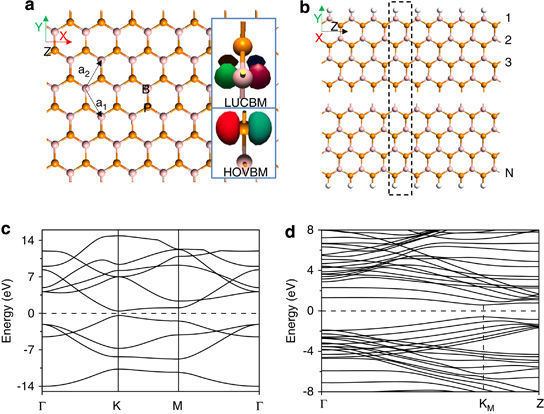Formula BP Density 2.9 g/cm³ Appearance maroon powder | Melting point 1,100 °C Molar mass 41.7855 g/mol | |
 | ||
Boron phosphide (BP) (also referred to as boron monophosphide, to distinguish it from boron subphosphide, B12P2) is a chemical compound of boron and phosphorus. It is a semiconductor.
Contents
History
Crystals of boron phosphide were synthesized by Henri Moissan as early as in 1891.
Appearance
Pure BP is almost transparent, n-type crystals are orange-red whereas p-type ones are dark red.
Chemical properties
BP is not attacked by acids or boiling aqueous alkali water solutions. It is only attacked by molten alkalis.
Physical properties
Some properties of BP are listed below:
References
Boron phosphide Wikipedia(Text) CC BY-SA
